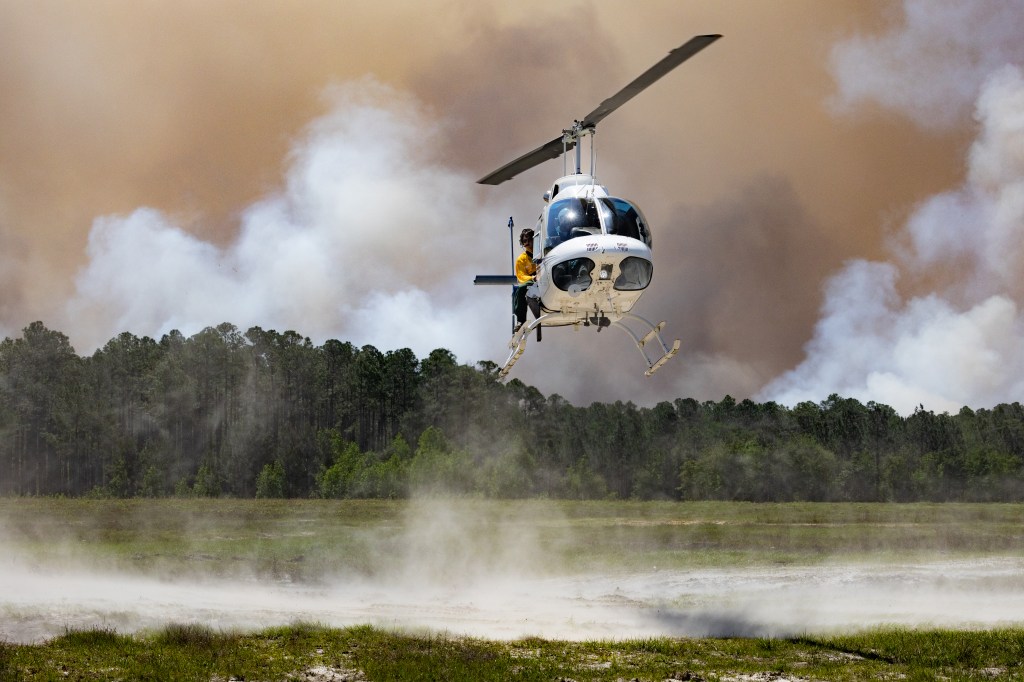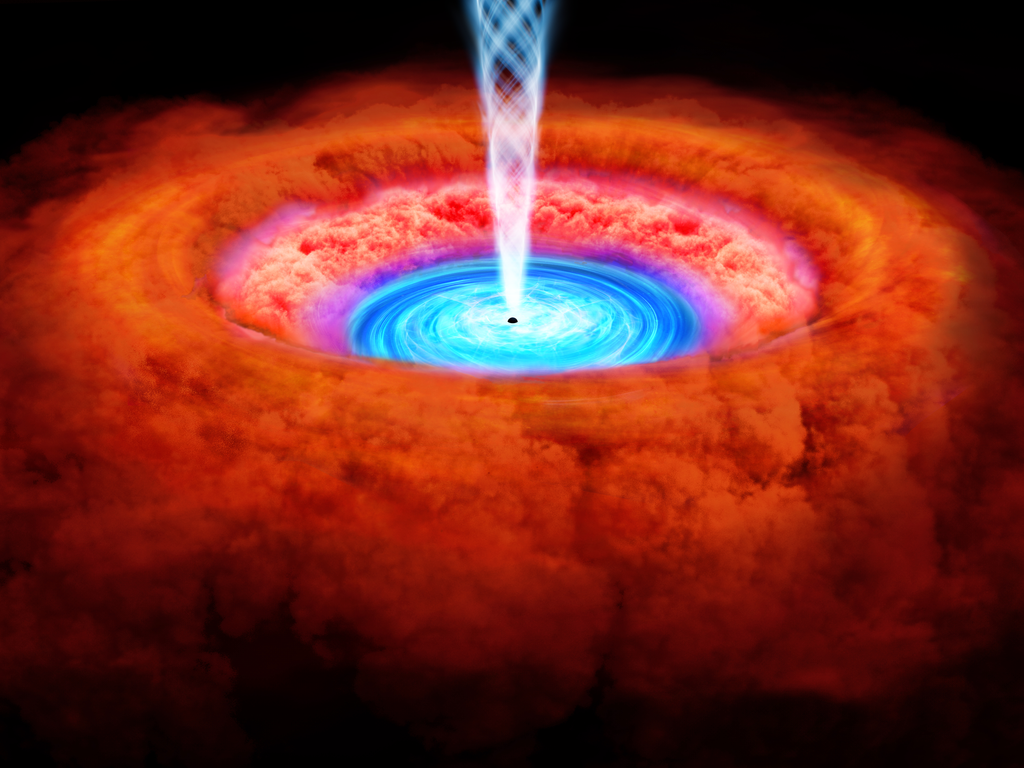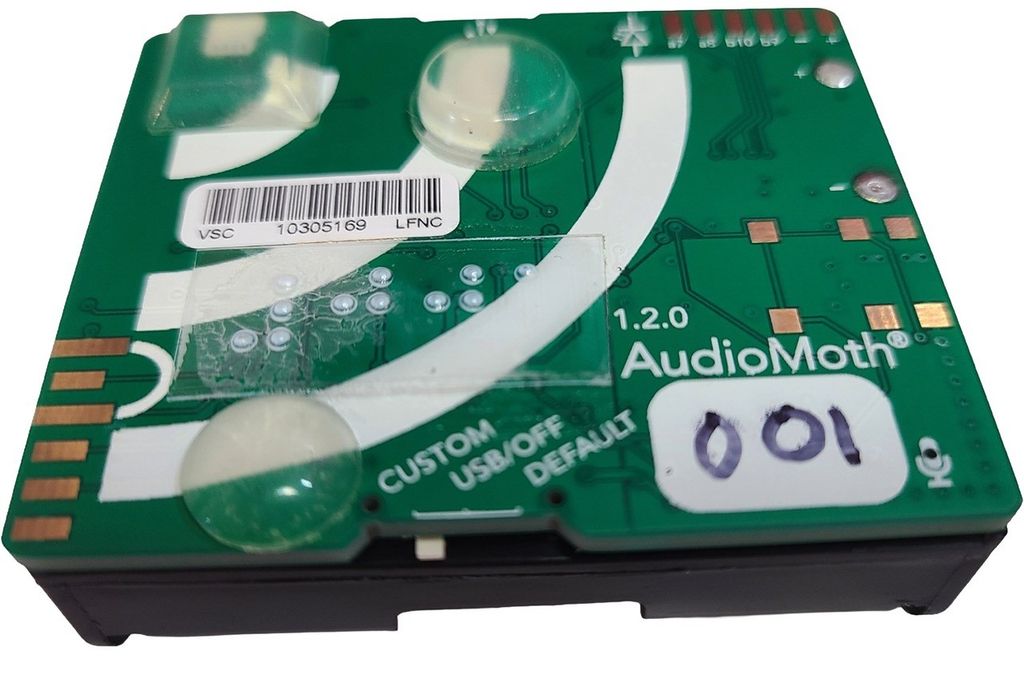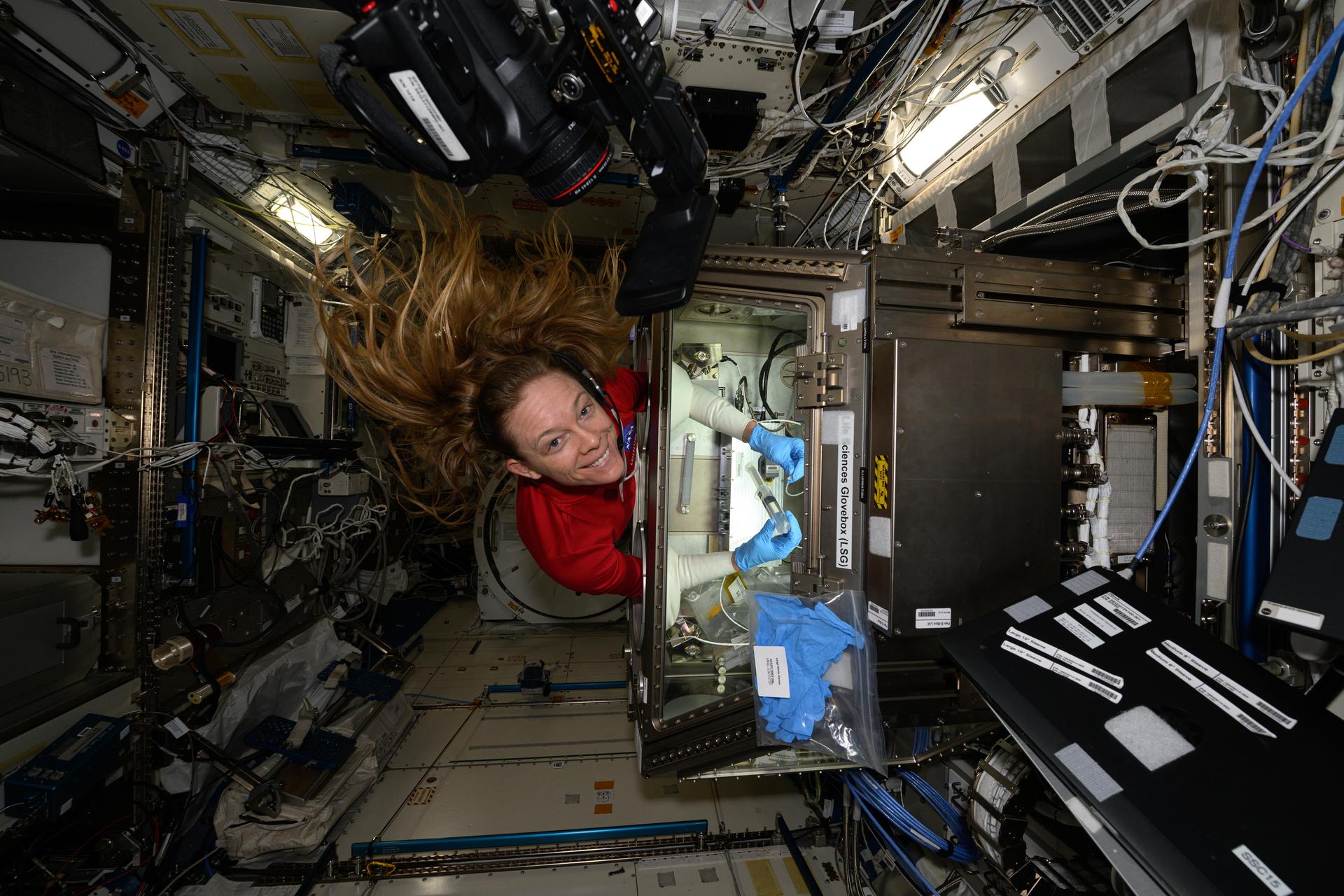Astronauts Update Science Software and Hardware Keeping Up Ongoing Space Research
The Expedition 73 crew serviced a variety of science software and hardware on Thursday keeping up its advanced space research experiments and technology demonstrations. Eye checks, Earth observations, and life support maintenance rounded out International Space Station’s schedule.
The orbital outpost is filled with numerous science components enabling a wide range of investigations into space phenomena that is unable to be replicated in Earth’s gravity environment. The facilities range from entire laboratory modules, refrigerator-sized research racks that can support multiple experiments, to computers that control the devices, monitor the experiments, and record the research data. Scientists use the results to promote innovative health solutions for both astronauts and Earthlings and benefit public and private industries in space and on Earth.
NASA Flight Engineers Jonny Kim and Anne McClain took turns today working on computer gear ensuring microgravity research continues to provide pristine, quality results. Kim worked in the Columbus laboratory module and swapped out a processor cartridge inside the Spaceborne Computer-2. The commercial-off-the-shelf computer is demonstrating the ability to speed up research insights on orbit without reliance on Earthbound assets. McClain updated the firmware inside the Blood Analyzer, a handheld biomedical device located in the Destiny laboratory module that quickly tests a blood sample for numerous constituents aboard the orbital outpost.
Station Commander Takuya Onishi of JAXA (Japan Aerospace Exploration Agency) removed the AstroPi camera from a window on the Unity module then connected and powered it up inside Columbus. There are two AstroPi computers aboard the orbiting lab designed by the European Space Agency to support scientific and engineering skills among students. Onishi also downloaded data measuring the station’s atmosphere for the Aerosol Monitors technology demonstration to protect astronaut health.
NASA Flight Engineer Nichole Ayers once again processed deep-sea bacteria samples to test imaging operations inside a 3D research microscope, also known as the Extant Life Volumetric Imaging System, or ELVIS. The specialized 3D imaging device, located in the Kibo laboratory module, could be used to monitor water quality, detect potentially infectious organisms, and study liquid mixtures and microorganisms in space and on Earth.
Before all the science hardware work began on Thursday, Onishi, McClain, and Ayers took part in vision checks reading characters off a standard eye chart. At the end of their crew shift, the three astronauts joined Kim and called down to Earth for a ground conference with their mission’s flight director.
First time cosmonaut Kirill Peskov from Roscosmos wrapped an Earth photography session and downloaded imagery of landmarks he captured across the globe. Afterward, Peskov filled out a computer questionnaire to help researchers better understand how international crews and mission controllers from around the world communicate. Flight Engineers Alexey Zubritsky and Sergey Ryzhikov spent their day on maintenance tasks filling an oxygen generator tank and cleaning a heater fan inside the Progress 90 cargo craft























